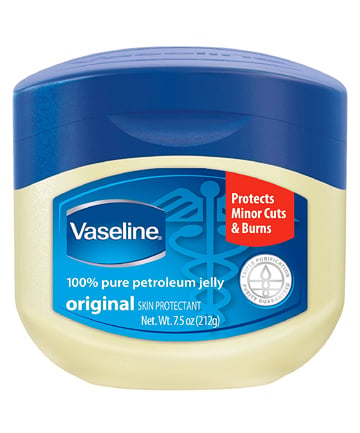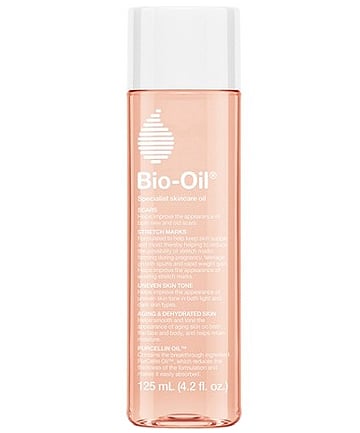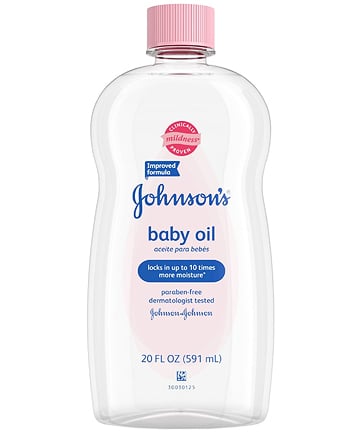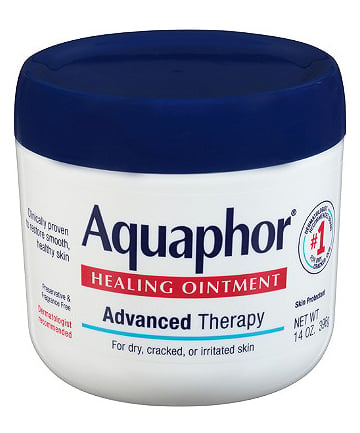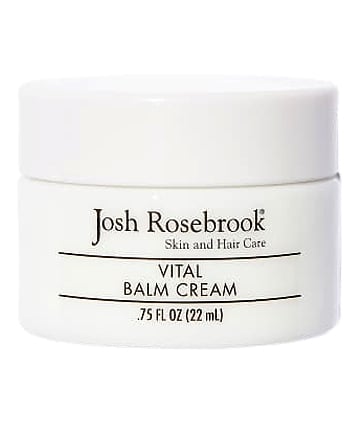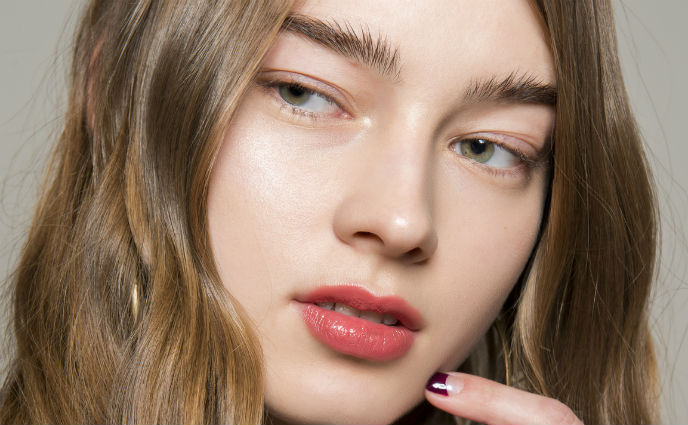You might be thinking that minerals are good and so are oils, so combine them together and you'll have something great, right? What it really is will probably surprise you. According to Dr. Karyn Grossman, board-certified dermatologist and creator of Karyng Skincare, mineral oil is a clear, odorless oil that is the byproduct of the distillation of petroleum to form gasoline.
Here's a geology refresher, courtesy of celebrity esthetician Olga Lorencin: Mineral oil is derived from petroleum (fossil fuel) which is made from the residue of plant and animal life (plankton and algae) that have been exposed to very high temperatures in the earth's crust. Once the crude oil is taken out of the ground, it must be purified and refined. This leads us to mineral oil.
Crude oil can be purified into several grades of mineral oil, says Athena Hewett, founder of Monastery. Technical grade mineral oil is the least refined and is used for the lubrication of engines and machinery. Cosmetic grade is more refined and is used in cosmetics and skin care, hence the name. Pharmaceutical grade is the most refined and is used in skin care and baby products. It's very stable and has a long shelf life.
Mineral oil is also sometimes referred to as liquid paraffin, paraffin oil, unscented baby oil, paraffinum liquidum, liquid petroleum/petrolatum and white oil, according to Dr. Craig Kraffert, board-certified dermatologist and president of Amarte Skin Care, and Nancy Leung, Biossance head of new product development.
Image via TargetMineral oil is stable, smooth, effective and inexpensive, which is why it has been a common ingredient in beauty products for "many, many years," Grossman says. Besides conventional baby oils, it frequently appears in heavier lotions, creams, body lotions and even makeup removers. It can be found in a range of brands, from drugstore to luxury products. Aquaphor Healing Ointment, $17, Vaseline Jelly Original, $3.49, and Johnson's Baby Oil, $4.99, are some of the most well-known options.
The EWG gives mineral oil a score of one to three, depending upon its usage. It has a low risk of contributing to cancer and a moderate risk of non-reproductive organ system toxicity.
Image via Target
At times, some unscrupulous formulators used poor quality, impure mineral oil with potential comedogenic and carcinogenic properties, Kraffert says. Times have changed, however, and now virtually all skin care product manufacturers use only pure cosmetic grade mineral oil in their products.
Also an issue is the fact that mineral oil sits on top of skin, Foley says. While useful as a skin barrier, mineral oil doesn't moisturize skin on a long-term basis because it doesn't sink into pores, and it doesn't bring any additional hydration to the skin. It simply traps what's there, which has pore-clogging, pimple-causing potential. Grossman adds that mineral oil can aggravate acne and those who have oily skin might fight it too greasy.
Image via Target
Kraffert agrees: "While there is nothing 'wrong' or 'dangerous' with the use of pure mineral oil, there are myriad better options." Many products are formulated without mineral oil so brands can avoid its controversial reputation and be more appealing. "The dysphoria of seeing mineral oil on a cosmetic product ingredient list is common but the presence of mineral oil — in and of itself — is not grounds for real concern regarding function, safety or quality of the product in which it appears," he says. Kraffert suggests judging products that contain mineral oil as just one of their ingredients on their own merits.
Grossman finds that patients with dry skin like products with mineral oil as the products tend to be heavier. Mineral oil-based products are good options after laser procedures as they carry a low risk of irritant or allergic reaction. "We use them on a regular basis to aid in healing of the skin," she says. Additionally, frequent hand washers or those who suffer from eczema find mineral oil-rich Vaseline and Aquaphor to be great options.
Foley is among those who do not recommend using mineral oil and includes it on Follain's restricted ingredients list. Hewett is also against regular use. "I would only use pharmaceutical grade mineral oil if you have to use it and I would use it sparingly," she says. "A good reason would be a cut or abrasion that you must protect." Instead, Hewett would look for something "less suffocating" that has more nourishing properties.
Kraffert has a food analogy that can help put the ingredient into perspective: "Mineral oil is akin to iceberg lettuce. Some people stay away from iceberg lettuce out of nutritional principle. Most people, however, enjoy it in salads mixed with other ingredients. Nevertheless, few people enjoy routinely consuming iceberg lettuce 'pure' as a meal or dish. And that's the way it is, for the most part, with mineral oil."
Image via Ulta
Hewett says to specifically look for oils with larger molecules that don't penetrate the skin easily to replicate the effect of mineral oil. They include castor oil, avocado oil and grapeseed oil. Beeswax is another good alternative as it creates a barrier on skin.
Some excellent mineral oil alternatives include Josh Rosebrook Vital Balm Cream, $45, Josie Maran Whipped Argan Oil Body Butter, $35, and Lush Ultrabalm, $16.95.
Image via Follain


